MeerKAT, hunting in the Milky Way for the mysterious stellar duel
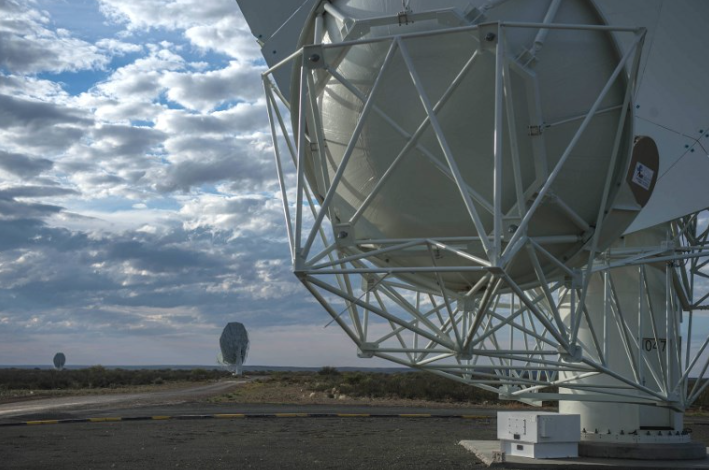
Hey, space explorers! How about I tell you about the latest cosmic move that has astronomers gasping for air? It turns out that the international team of astronomers, armed with the super-powerful MeerKAT radio telescope, has found something in the Milky Way that is more mysterious than the ending of a Netflix series. Imagine this: an object that dances between being heavier than the heaviest neutron stars and, at the same time, lighter than black holes that weigh less. Yes, you are reading correctly!
We’re talking about an object swinging around a millisecond pulsar that spins faster than my neighbor when her car alarm goes off by mistake; this cosmic thingy is located about 40,000 light-years away, in a cluster of stars so tightly packed that it’s like a subway car at rush hour. Project leader Ben Stappers is more excited than a kid in a toy store: “Guys, anything could be the companion to this pulsar! It could be the first radio pulsar: black hole in a kind of cosmic tango – how do you go with that?”
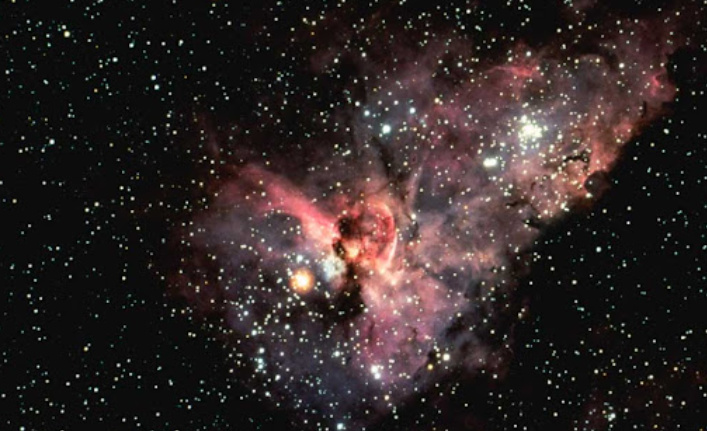
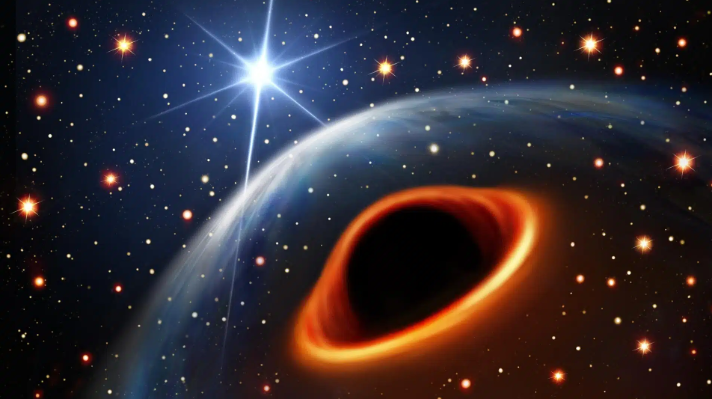
When a neutron star chokes on more mass, it collapses like my mood on Monday mornings. The result? Well, that’s what astronomers have been trying to figure out, they can become black holes, those gravitational bullies that not even light dares to face. Now, the team has used MeerKAT, which is like the Sherlock Holmes of telescopes, to spy on this cosmic object from its hiding place in the globular cluster NGC 1851. Think of it as a stellar club where stars rub elbows and, in extreme cases, collide like drunks on a dance floor, but what really has us in stitches is that this mystery object could be the result of an epic collision between two neutron stars. Imagine the scene! Two stars collide, mix and end up forming this new massive entity that is circling around the pulsar as if it were salsa dancing in space.
Ewan Barr, the mastermind behind this cosmic operation, explains it in a way that even your grandmother would understand: “It’s like putting a near-perfect stopwatch in orbit around a star 40,000 light-years away and measuring time to microsecond precision. Crazy, right?” This object is no ordinary star, folks, it’s a dense, collapsed survivor, kind of like the Rambo of stars and best of all, it’s in that black hole mass gap, like a neutron star with a VIP pass to the most exclusive party in the cosmos. Astronomers are like kids in a candy store, excited about what this discovery might reveal about neutron stars, black holes, and all those things lurking in deep space.
So there you have it, folks, a cosmic discovery that has us all gasping and wanting more. Space never ceases to amaze us, and with MeerKAT on the cosmic dance floor, who knows what secrets the Milky Way will reveal!
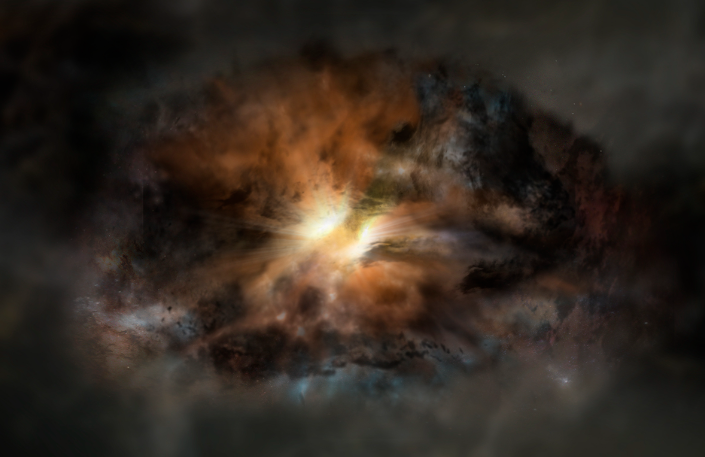
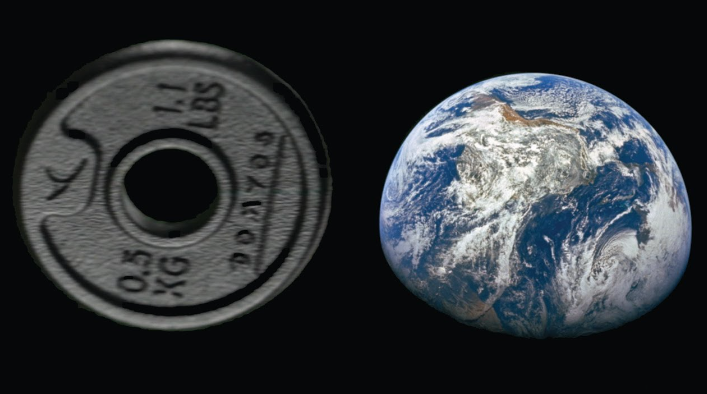

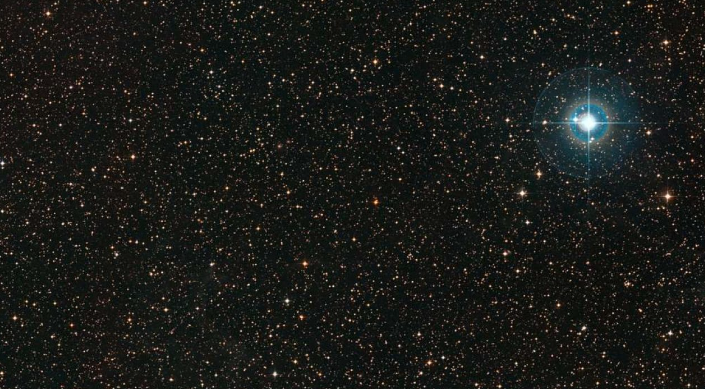
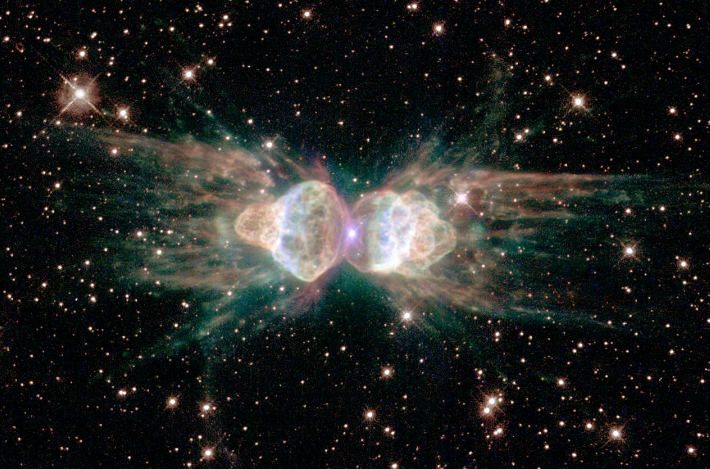
Responses